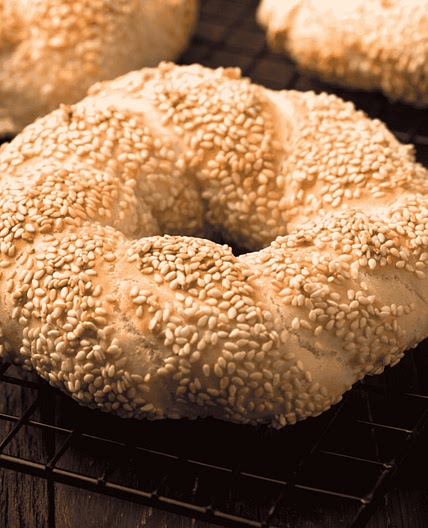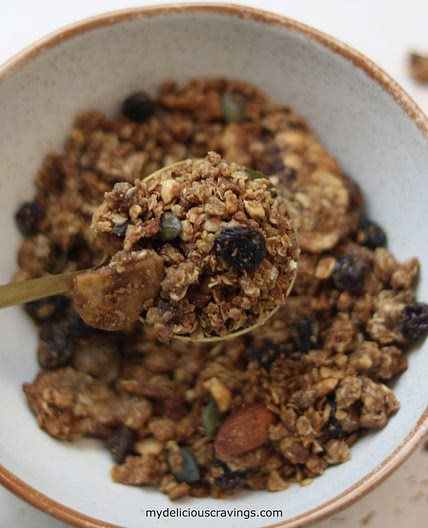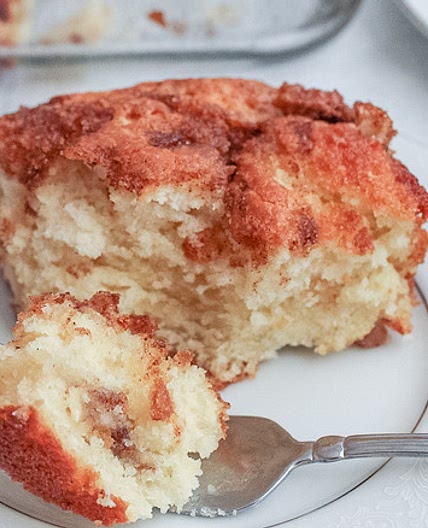
1/2

2/2
100%
0
By Garry Marshall
Chocolate Cherry Sourdough (thanks to theclevercarrot.com)
This Chocolate Cherry Sourdough makes wonderful filling toast!
Updated at: Wed, 16 Aug 2023 16:17:30 GMT
Nutrition balance score
Good
Glycemic Index
65
Moderate
Glycemic Load
22
High
Nutrition per serving
Calories195.5 kcal (10%)
Total Fat5.3 g (8%)
Carbs33.8 g (13%)
Sugars9 g (10%)
Protein5.3 g (11%)
Sodium179.8 mg (9%)
Fiber3.2 g (11%)
% Daily Values based on a 2,000 calorie diet
Ingredients
20 servings
Instructions
Step 1
In a large bowl combine the starter, water, sugar and vanilla. Stir with a fork. Sift the bread flour and cocoa powder together and add to the bowl. Squish everything together with your hands until all of the flour is absorbed. Cover with plastic wrap and let it rest (autolyse) for 1 hour. Note: use this time to soak the raisins in a splash of vanilla extract for extra flavor (optional). Drain and pat dry before using.
Step 2
To the dough: Add the salt, walnuts, raisins and chocolate chips. Lift and fold the dough over itself several times and squish with your hands to incorporate. The dough will tear slightly as you fold. Don’t worry- this is normal. Work the dough as best you can until it comes back together into a rough ball.
Step 3
Bulk Rise: Cover the bowl with plastic wrap and a clean kitchen towel. Leave it in a warm spot to rise. Your dough is ready when it no longer looks dense and has increased in volume about 1½- 2x its original size. This can take anywhere from 10 hrs @ 68 F; 5-6 hrs @ 75 F; 3-4 hrs @ 80 F depending on the temperature of your ingredients, the potency of your starter and surrounding environment (**see notes below). Optional Step: about 30 minutes into the start of the bulk rise, you can stretch and fold the dough.
Step 4
Stretch & fold: To strengthen your dough, do a series of stretch and folds every 30 minutes for the first 2 hours of bulk fermentation. Simply gather a portion of the dough, stretch it upwards and then fold it over itself. Rotate the bowl ¼ turn and repeat until you have come full circle. You will have completed 4 folds. Try to keep the fillings tucked into the dough and not on the outside. This will prevent burning when baked.
Step 5
Shape the Dough: To cut and shape the dough, divide your work surface in half; lightly flour one side (for cutting) and leave the other half clean (for shaping). Remove the dough from the bowl and place onto the floured section. You do not need to ‘punch down’ the dough; it will gently deflate as you fold and shape it. Cut the dough in half to make 2 loaves, or leave it whole for a single loaf. To shape, use a bench scraper to move your dough to the non-floured section (if there is any flour present it will be difficult to shape- brush away any excess). Gather the dough, one side at a time, and fold it into the center. Flip the dough over and place it seam side down. Using your hands, gently cup the sides of the dough and rotate it using quarter turns in a circular motion. You can also pull it towards you to even out its shape. Repeat this process until you are happy with its appearance.
Step 6
Second Rise: Place the dough into a cloth lined 8-inch bowl or floured/lined proofing basket. It will need to rise again, about 30 minutes to 1 hour. It is ready when the dough is slightly puffy, but not double in size.
Step 7
Towards the end of the second rise preheat your oven to 400 F. Cut a sheet of non-stick parchment paper to fit the size of your baking pot, leaving enough excess around the sides to remove the bread.
Step 8
Score the Dough: Place the parchment over the dough and invert the bowl to release. Using the tip of a bread lame, small, serrated knife or a razor blade, make four shallow 4-inch long cuts at 3, 6, 9, and 12 o’clock around the dough. Use the parchment paper to transfer the dough to the baking pot.
Step 9
Bake the Dough: Place your bread into the oven (lid on) and bake for 20 minutes. Remove the lid, and continue to bake (uncovered) for an additional 40 minutes. During the last 10 minutes of baking, crack open the oven door. This allows the moisture to escape, leaving your bread with a crisp crust. You can also take the internal temperature of your bread to double check that it is done. For sourdough, it should read about 205 F.
Step 10
Remove the bread from the oven, and cool on a wire rack for at least an hour before slicing. Dust with powdered sugar before serving.
Step 11
Notes: Because sourdough does not contain commercial yeast, it takes considerably longer to rise. In the summer months, it can take anywhere between 3-4 hours @ 85 F whereas in the winter, about 8-12+ hours @ 65 F. In the winter, I make my dough in the afternoon and leave it to rise overnight at room temperature. In the warmer months, I bulk ferment in the fridge to slow down the rise time.
Notes
1 liked
0 disliked
Delicious
Moist
There are no notes yet. Be the first to share your experience!











